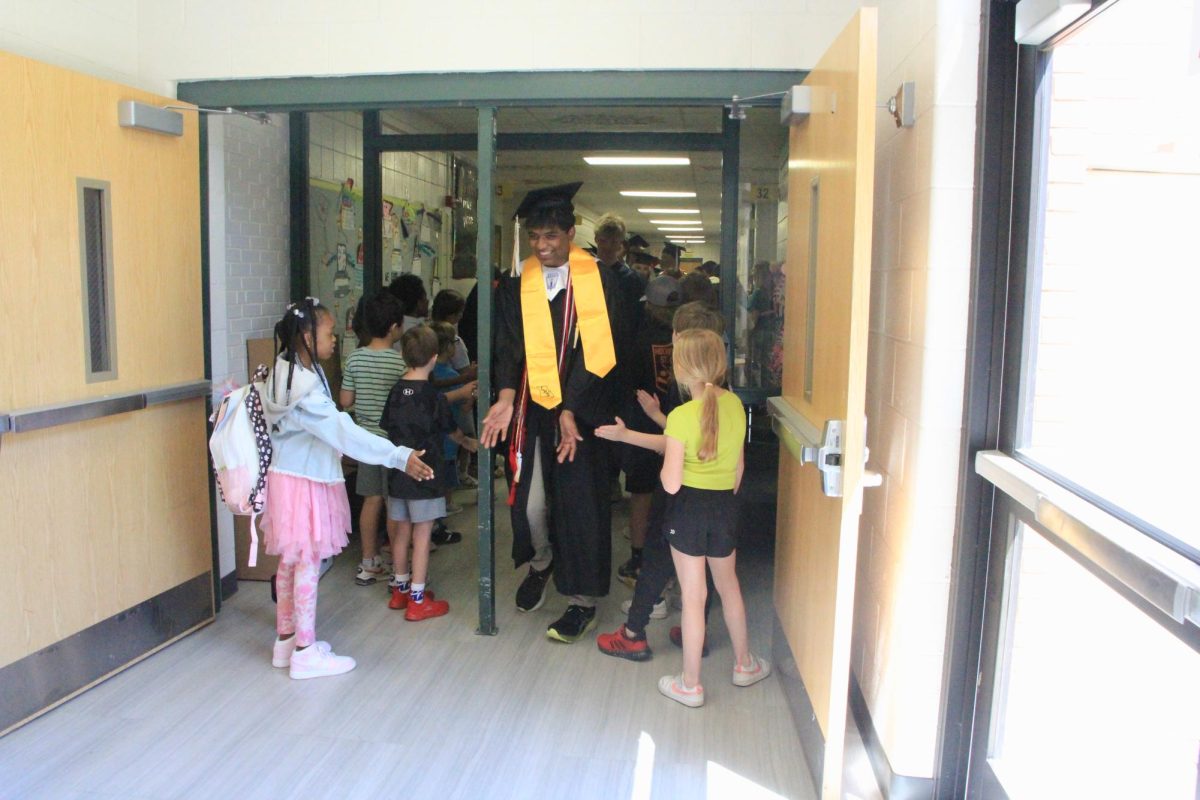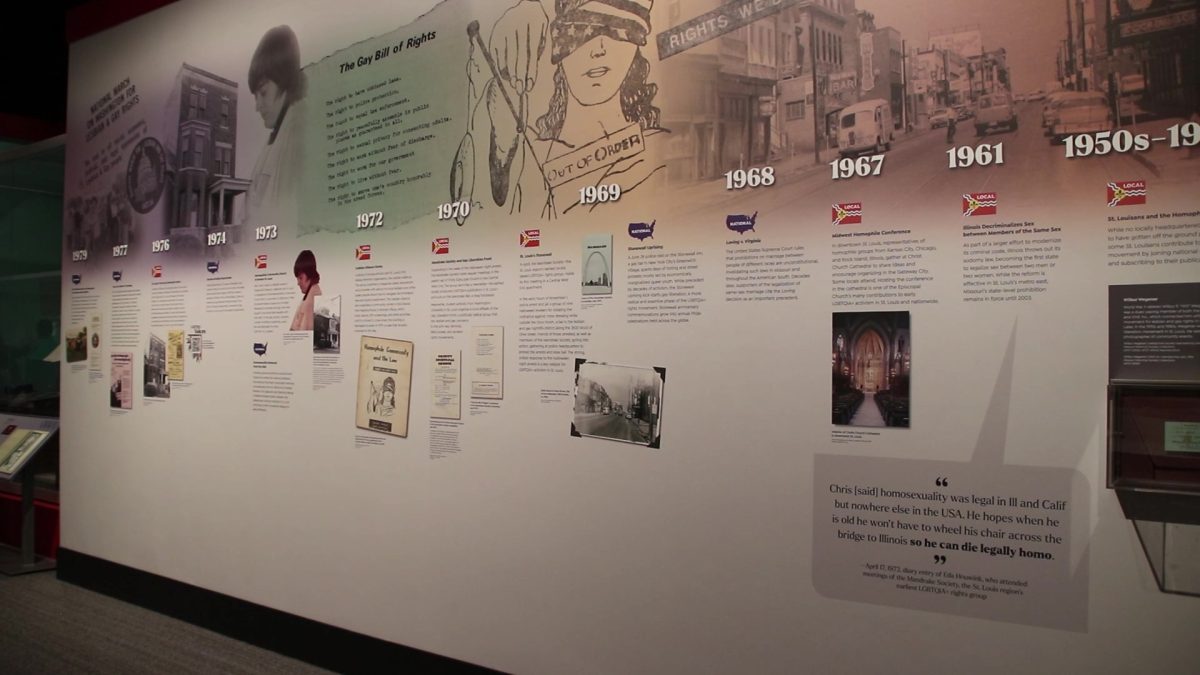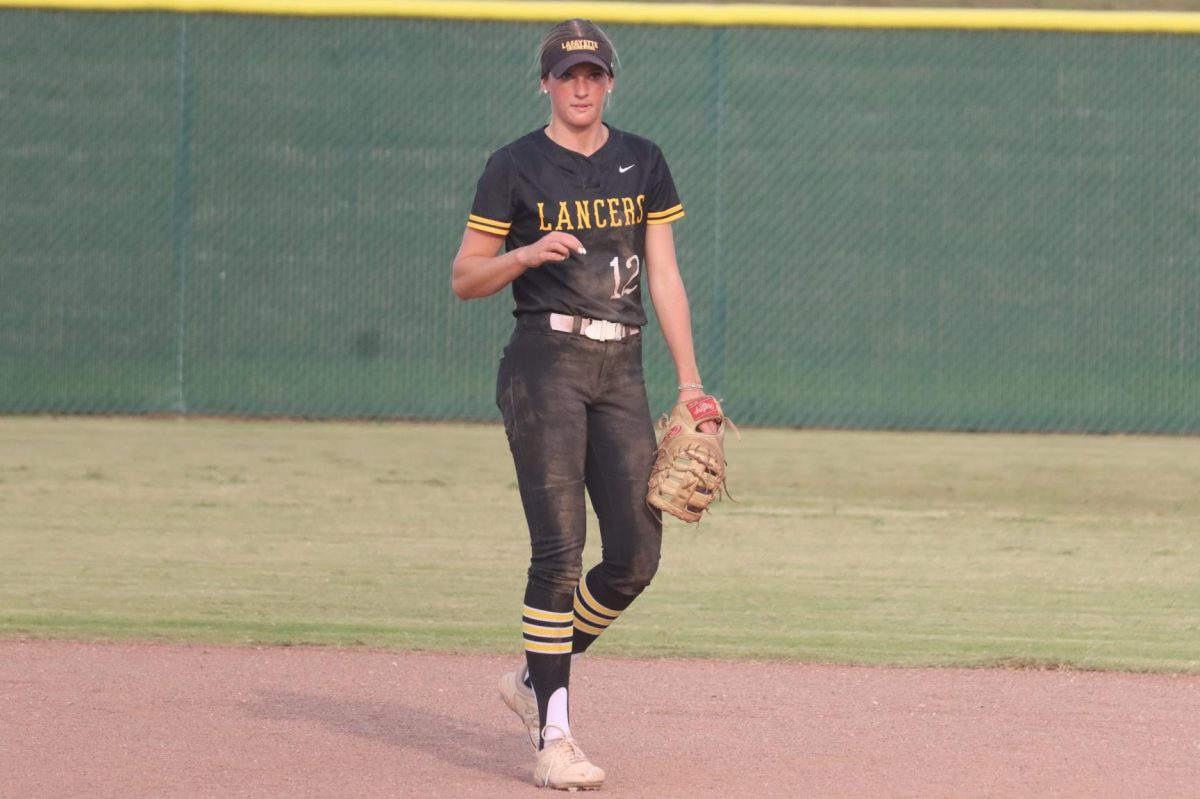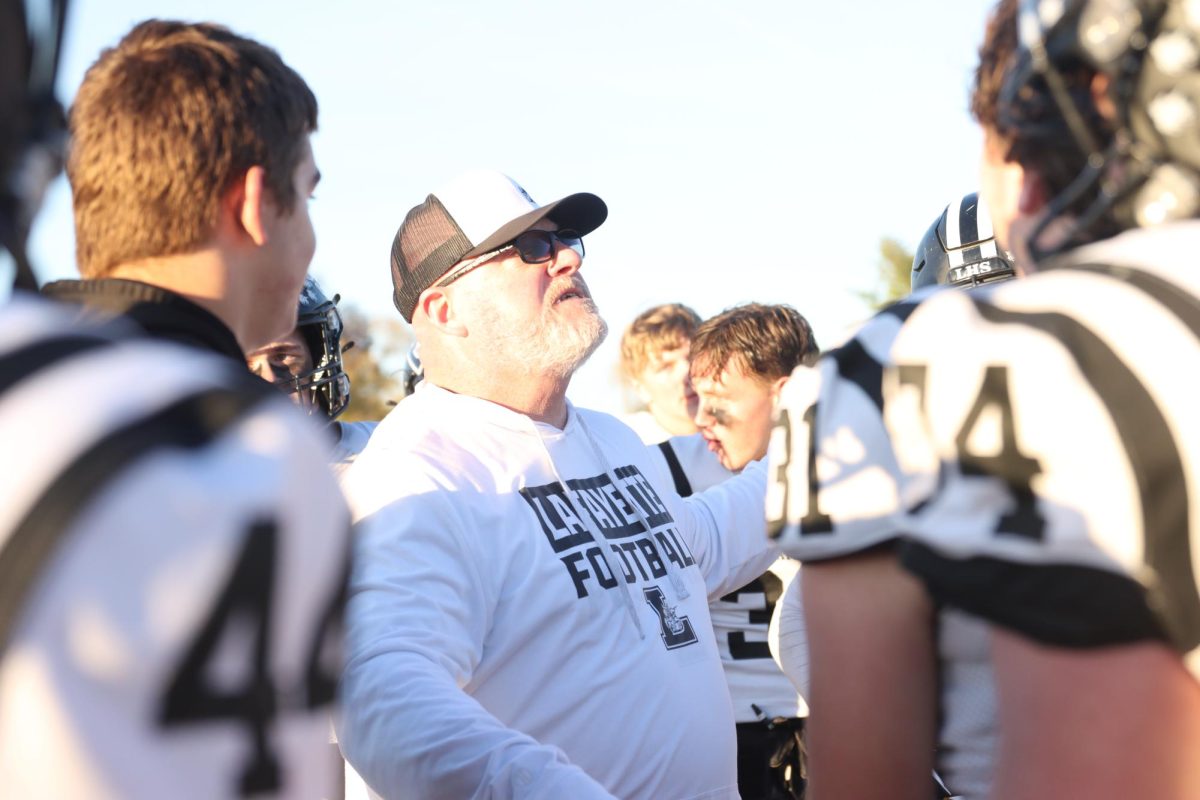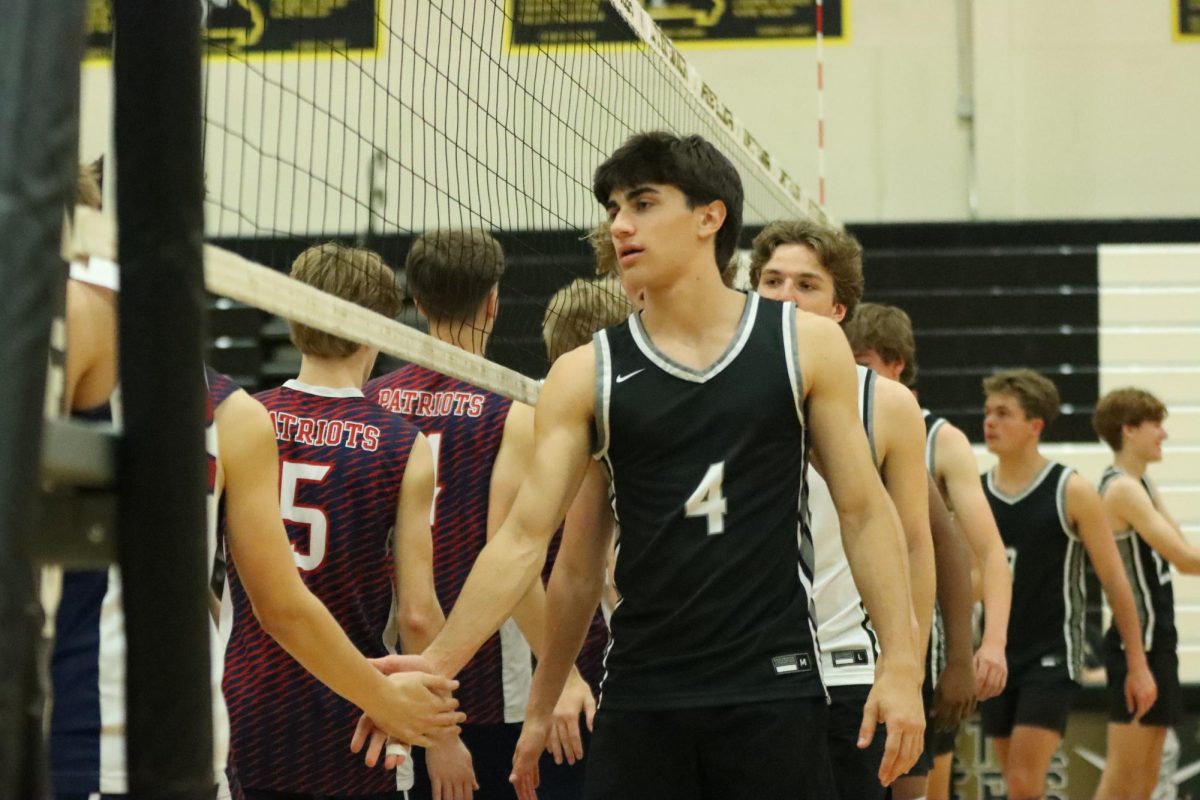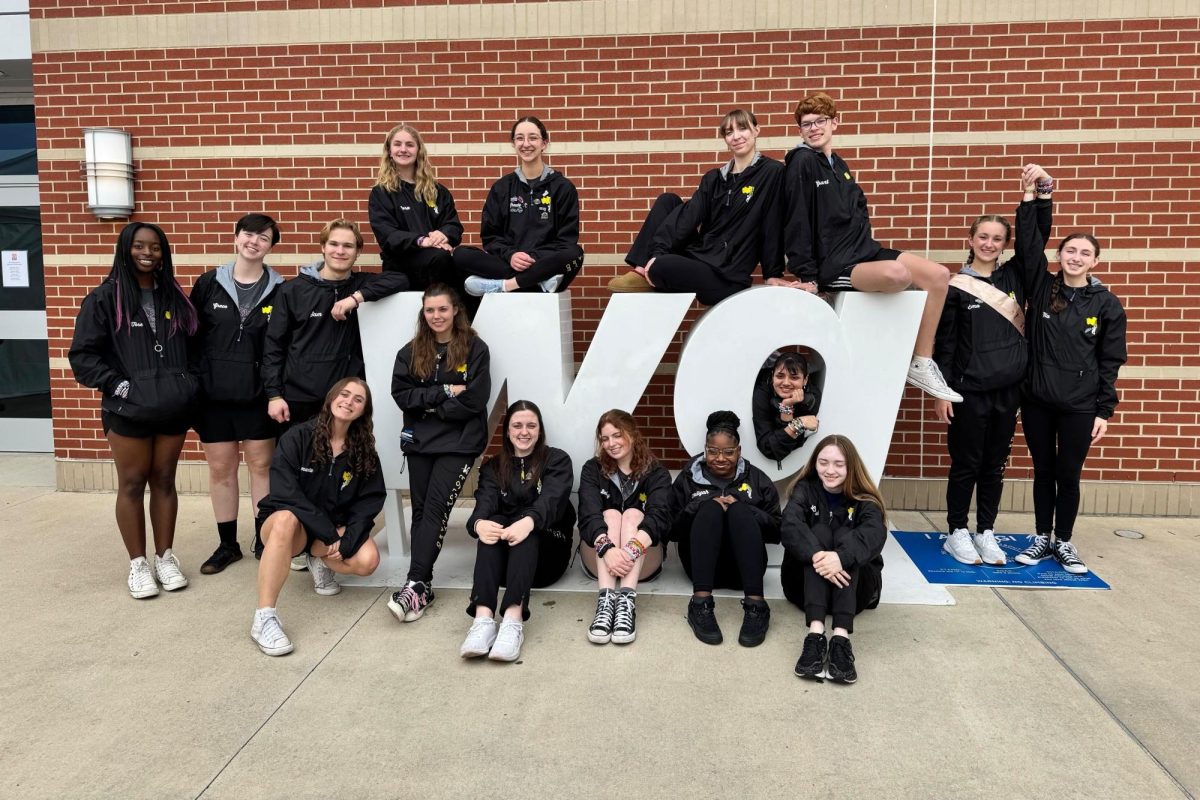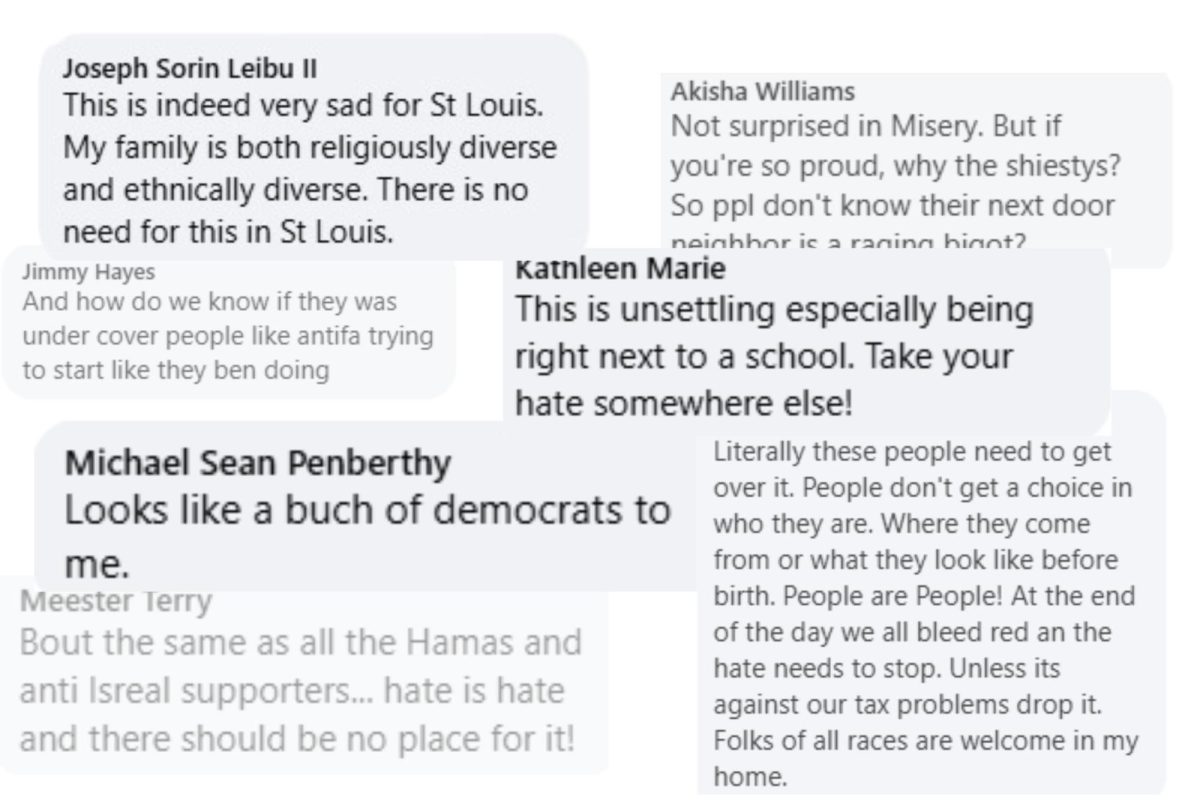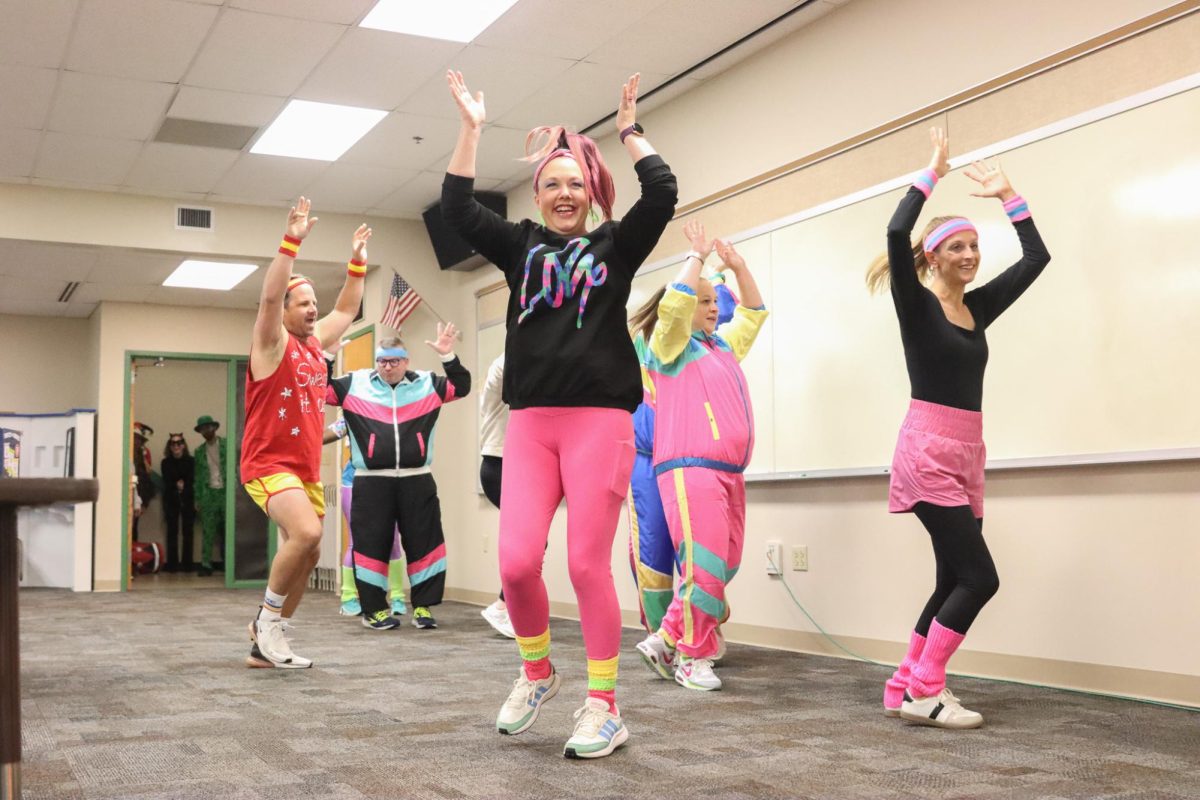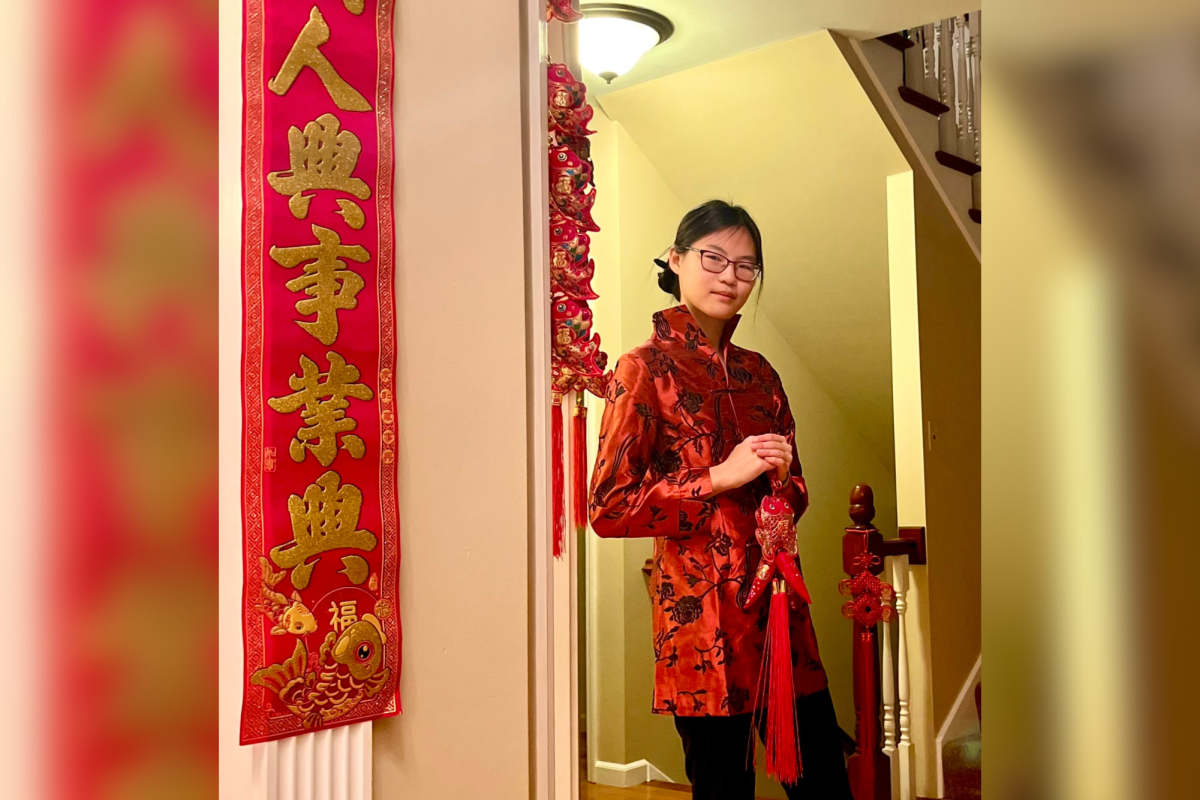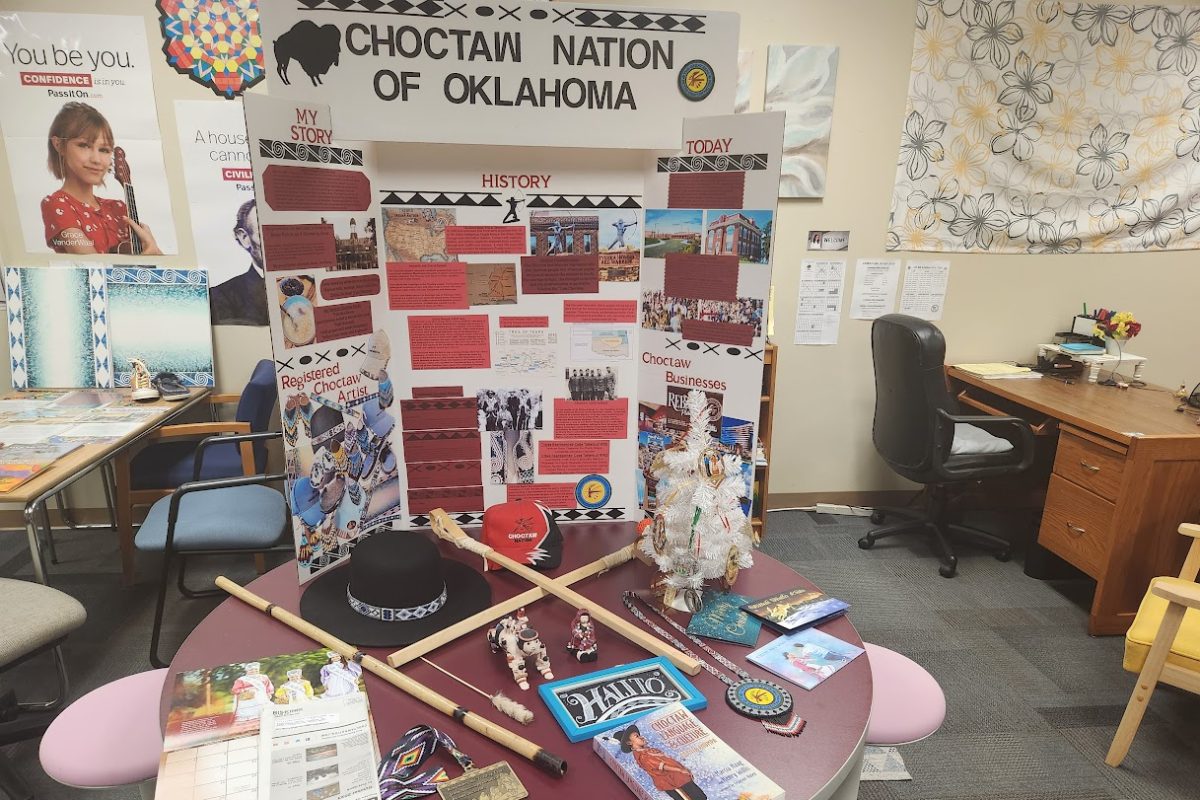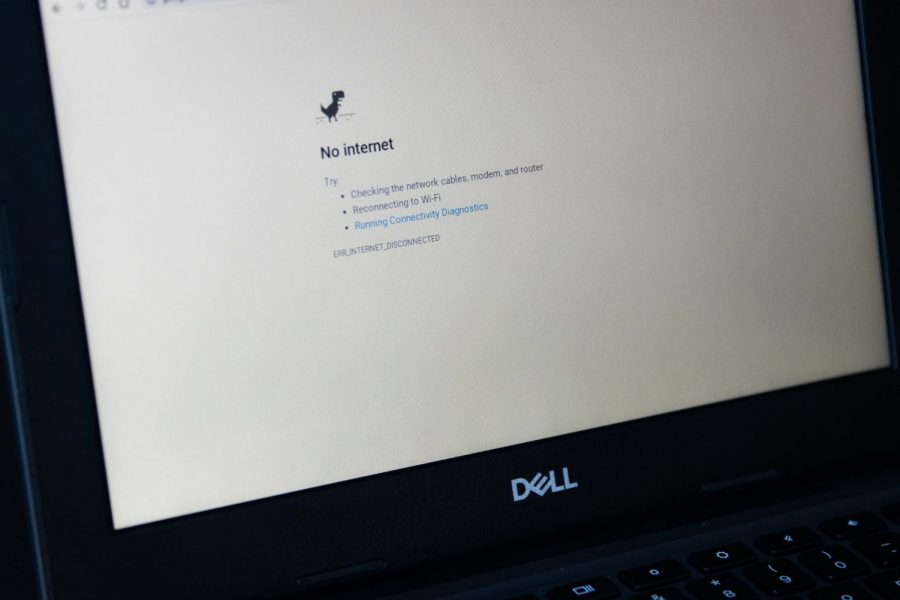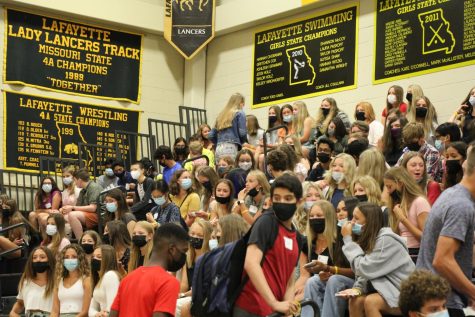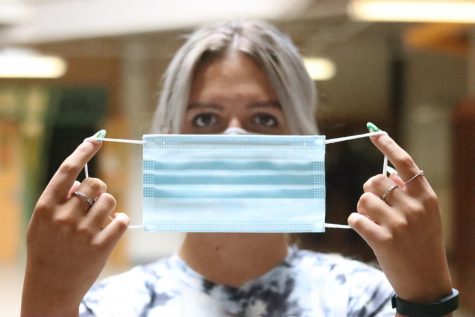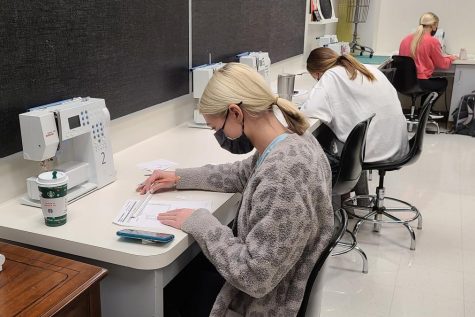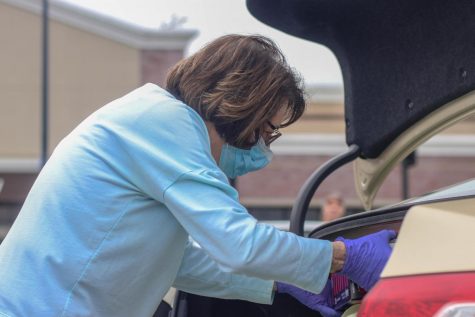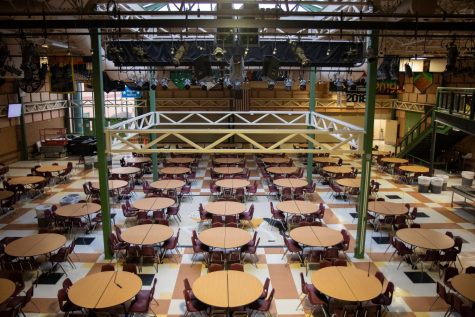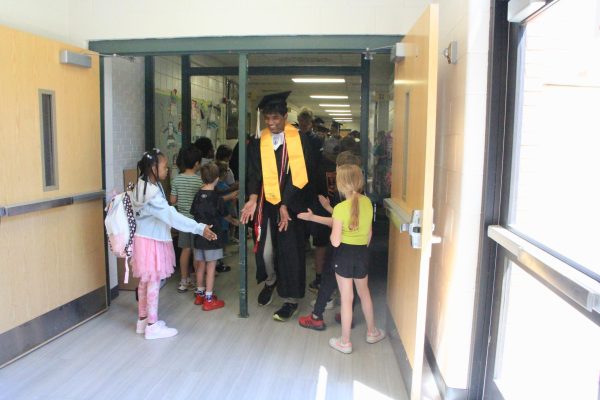Nationwide hotspot shortage leads to ALP learning issues
Students district-wide struggle with ALP classes due to internet connectivity issues. Additionally, the number of hot spots available to students is limited.
As students and adults across the nation transition to online learning and working, the issue of internet connectivity has risen.
Although households might have access to the internet, it may not be strong enough to support everyone trying to work online.
Companies, like Charter Spectrum, devised plans to give student households a connection with waived fees.
According to Charter Communications, “Charter will offer free Spectrum broadband and Wi-Fi access for 60 days to households with K-12 and/or college students who do not already have a Spectrum broadband subscription and at any service level up to 100 Mbps.”
Although Charter offered widespread, free access to hotspots, there are limitations to the number of accessible hotspots, leading to a shortage not only in the Rockwood School District (RSD), but across the country.
According to Evan Marwell, CEO of Education Superhighway in an interview from Axios, “There are probably fewer than half a million hotspots available from the major carriers in the U.S., and the Asia-based supply chains that could replenish that stock continues to face coronavirus-linked disruptions.”
In an attempt to provide as many students as possible with connection, RSD has networked to purchase as many hotspots as they could to support the community.
RSD Chief Information Officer Deborah Ketring said, “When we realized in early March that the Coronavirus would eventually require temporary or long-term school closure, we placed an order for additional mobile hotspots through Digital Wish. They notified us during spring break they would be unable to fulfill our order on the original ship date and could not provide us with an estimate of delivery. At that time, we reached out to other providers and were able to place limited orders for additional mobile hotspots with T-Mobile and AT&T.”
RSD was able to purchase 300 mobile hotspots, which will be doled out to families throughout the district who have applied to receive them, seven to 10 of which are Lafayette families, according to Principal Karen Calcaterra.
However, not every family who applies will receive a hotspot.
“We will prioritize distribution in this order: teachers and students with no internet access at all first and then teachers and students with limited internet access or unreliable service,” Ketring said.
RSD cannot support all needs in the district, not only because of the overall shortage, but because of the sharp increase in cost per month to have and keep the hotspots.
“We typically purchase service through Digital Wish for an average of 30 mobile hotspots per year at an average monthly cost of $300,” Ketring said. “The cost to purchase 300 additional mobile hotspots from other vendors will be in excess of $10,000/month. With this cost difference, you can see why we must prioritize and limit mobile hotspot requests to one per family.”
Not only has this proven to be an issue for finishing the remainder of the school year, it has also drawn attention to the gap in equal opportunities for students throughout the United States, and the issues quarantine requirements have caused regarding the access for students with limited access.
“The wave of school closures is highlighting the digital divide between affluent urban and suburban areas where broadband access is readily available and rural and high poverty areas where they either do not have service available or families cannot afford it,” Ketring said. “School districts across the country have been working for years to attempt to address this divide, including implementing outdoor wireless on their schools, mobile hotspot checkouts, installing wifi on buses, opening schools longer and creating community/district partnerships to allow students without broadband access at home to have a place outside of school where it is available. With the current social distancing requirements, some of these efforts are no longer practicable and school districts across the country are doing what they can to continue learning for all of their students.”
Aside from the issue of students having no connection, another pressing issue for the Lafayette community is the strength of the connection in the area.
Calcaterra said, “The other issue for families isn’t having no internet, it is having spotty or slow internet connection and service. Many areas in the Wildwood area still do not have great internet access.”
Lafayette students have been dealing with the struggles of slow internet connection, especially due to the increase of people using it in one household.
Senior Cameron Kelly, who now has six people using the internet throughout the day in her household, said, “The WiFi stops working, so we have to use cellular data and connect to hotspots from our phones to be able to use our chromebooks and other computers.”
Although Kelly and her family have gotten used to the process, it still has been a source of anxiety due to the slowness of the connection.
“It is stressful because the internet lags when we are all using the same data and have all our hotspots on. I worry if I can get all my necessary work done by the due dates,” she said.
For junior Delaney Sohn, some days she cannot receive connection at all.
“Some days my chromebook won’t connect to the internet at all and I have to wait to do my work. It piles up and it is stressful to do all at once,” Sohn said.
Not only have students had issues with doing the required work, but also with being able to access Zoom meetings.
Senior Ryan Ward said, “I remember trying to join my first Zoom meeting for Senior Comp, and I was having trouble accessing it on my chromebook. I ended up being late by a few minutes, but the connection of the call was still bad.”
Ward and his family have had to work out plans to clear the connection when someone has a meeting.
“When we know one of us needs to take a Zoom call during the day, the others just watch TV or find other stuff to do for that time,” he said.
UPDATE
Hotspots were given to families who communicated a need for them on April 16. Families could pick up these hotspots at schools throughout the district. If a family still needs a hotspot, they have contact the district to be put on a waiting list.
Your donation will allow our student journalists to continue their work. You may become a PATRON by making a donation at one of these levels: White/$30, Black/$50, Gold/$100. Patron names will be published on the website and once per quarter on our social media accounts.

Jack Weaver was on the Image staff and the Digital Media staff for all four years of his time at Lafayette. During his senior year, Jack served as the Digital Media Editor and the Social Media Editor. He will attend the University of Kentucky to study Business Administration and Journalism.

